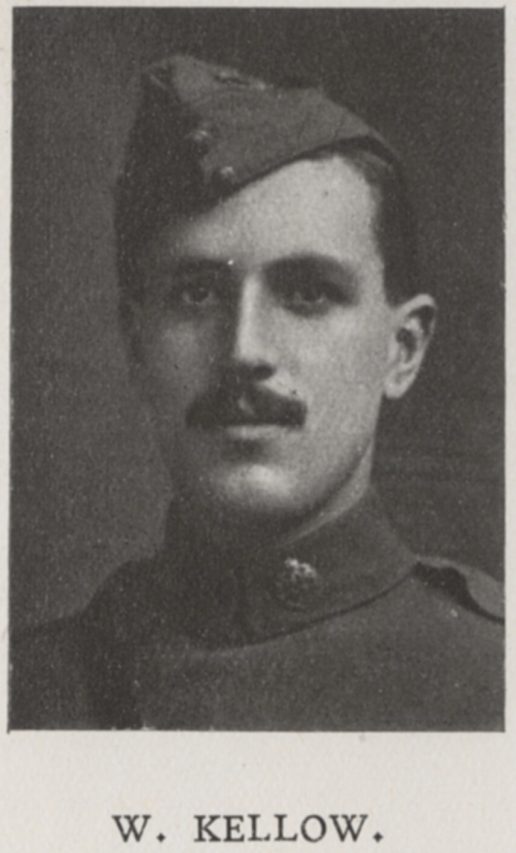Kellow, W
(1892 - 1918)

Key Facts
DATE OF BIRTH:
19th November 1892
YEARS ATTENDED THE COLLEGE:
1907 - 1911
HOME ADDRESS WHEN AT THE COLLEGE:
Bryn Croesor, Penrhyndendroeth, North Wales
REGIMENT
Royal Air Force
FINAL RANK:
Lieutenant
DATE OF DEATH:
16th September 1918
AGE AT DEATH:
25
WHERE HE DIED (or was wounded)
France
LOCATION OF GRAVE OR MEMORIAL:
Naves Communal Cemetery Extension. II F 2
Lieutenant William Kellow
Born in North Wales on November 19th 1892, William was the son of engineer Moses Kellow, who was also County Alderman of Merioneth, and his wife, Nell. He began his education at Portmadoc County School before coming to Dulwich in May 1907. During what would ultimately prove to be just over four years at the College he was a boarder in Ivyholme, and in the summer of 1911 was captain of the 2nd XI cricket side. That summer he left and went on to take up a position at Gonville & Caius, Cambridge, where he was on the Mechanical Science Honours course. In 1913 he received an award from the University Engineering Society for having presented the best paper to the Society that year. After graduating he went out to South Africa in early 1914 and took up a position at the Ginsburg Gold Mine, near Johannesburg, where he soon held the role of chief surveyor. He was also working on the issue of dust in the mine, the main cause of illnesses amongst miners, and during his tenure more than halved the amount present in the air of the Ginsburg.
From the time that war had been declared in the summer of 1914 William had been attempting to enlist for military service, however he was rejected on numerous occasions, owing to a knee injury he had suffered some years before. He eventually succeeded in joining the Royal Flying Corps, and after time spent training in England took up a commission in October 1917. He went over to France for the first time early the next year, where he served as the pilot of a Bristol Fighter. On September 16th 1918 he was involved in a dogfight with two enemy machines when his plane was shot down, the bodies of William and his observer were later discovered, having been buried by the Germans at Aubigny-au-Bac, between Cambrai and Douai.